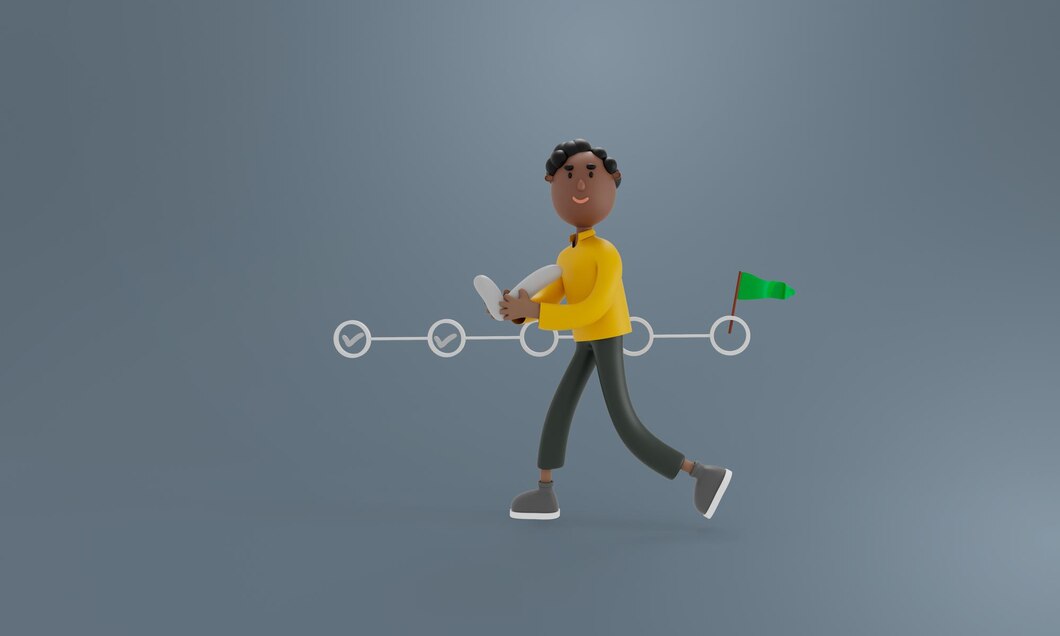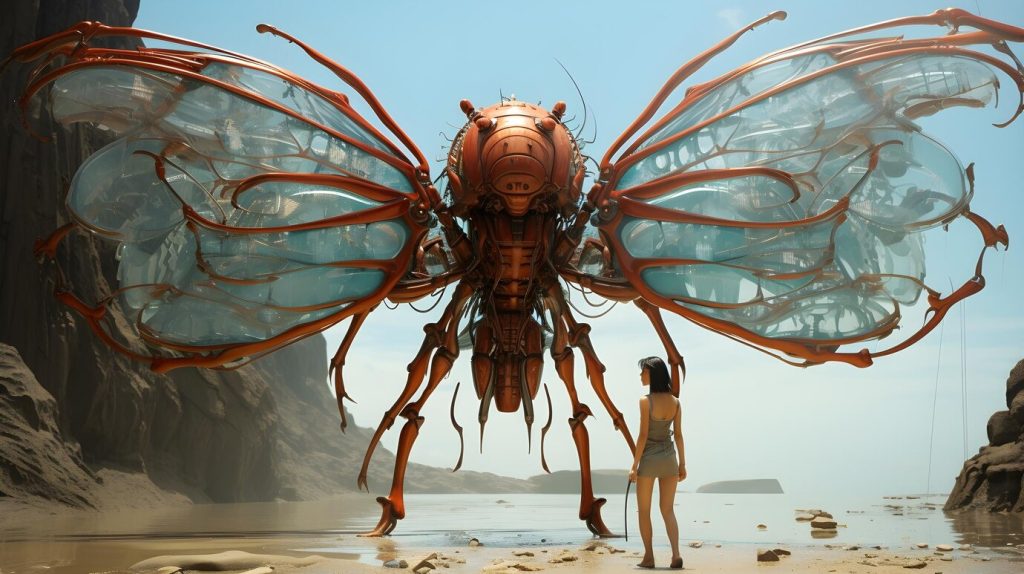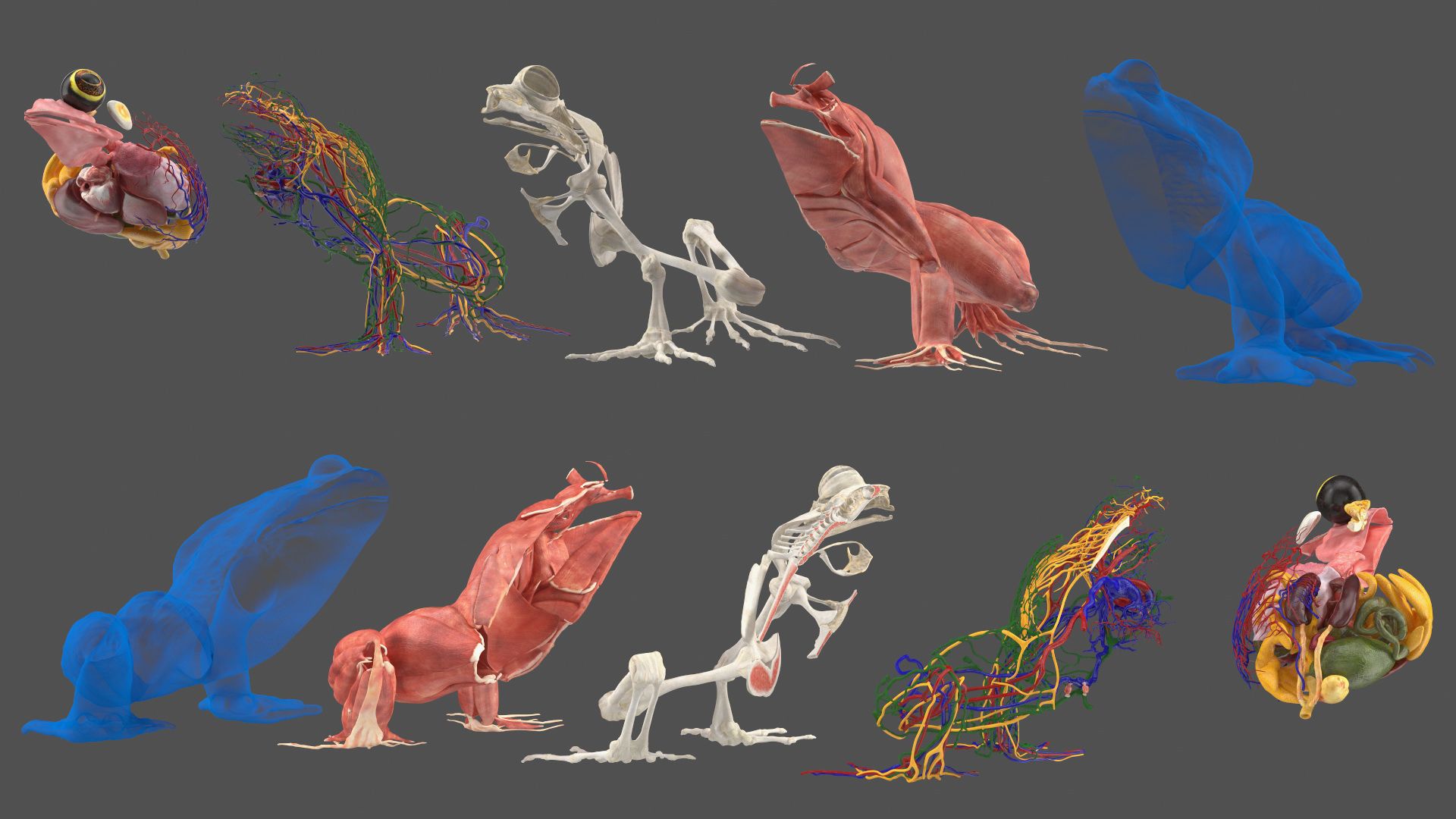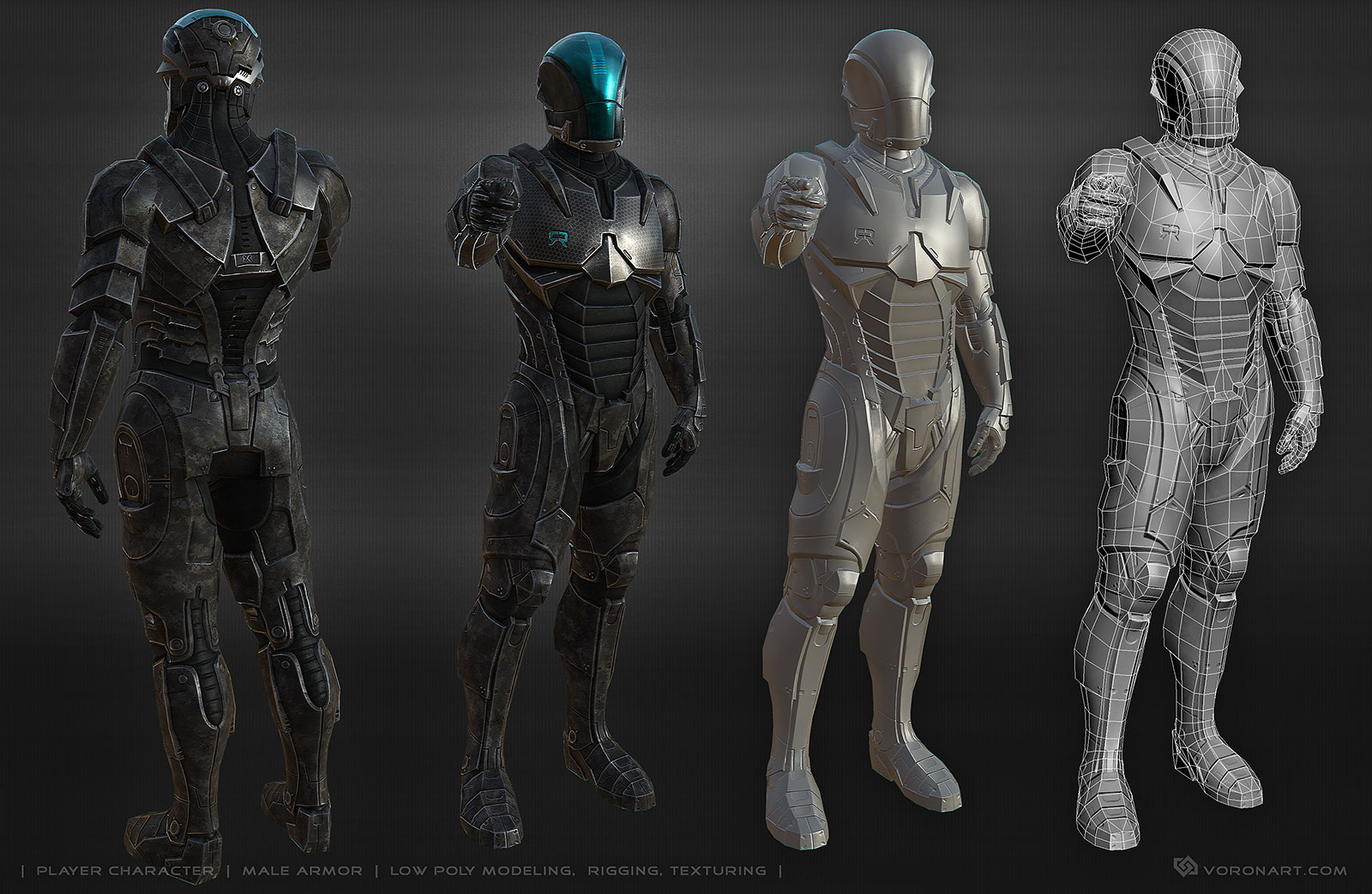
How to Incorporate 3D Models in your Next Film Project
The world of filmmaking is rapidly evolving, and ais witnessing an increasing incorporation of 3D models to develope riveting cinematic experiences. Whether it’s for creating stunning visual effects, fabricating fantastical creatures, or for pre-visualization, 3D models can significantly enhance your film project. This blog aims to guide you in effectively using 3D models in your upcoming film endeavor.

1. Understanding 3D Modelling:
3D modelling involves creating a three-dimensional representation of a physical object or scene using specialized software. From creating simple objects to complex characters and landscapes, 3D modelling can visualize virtually anything you can think of.
2. Tools to Create 3D Models:
There is a wealth of software available for 3D modelling, both free and commercial. Software like Blender, 3DS Max, ZBrush, and Maya, to name a few, can be leveraged to create 3D models.
3. Pre-visualization:
One of the most potent uses of 3D modelling in filmmaking is pre-visualization. Drawing storyboards can be time-consuming and limiting. In contrast, 3D modelling can create more detailed views of scenes, helping the director and the team understand the flow, camera angles, and spatial arrangements efficiently.
4. Creating Characters and Worlds:
Need to bring a magical creature to life or visualize a grand city of the future? 3D modelling can do just that. It offers the ability to create unique characters and intricate settings accurately.
5. Props and Sets:
Creating physical sets and props can be expensive and restrictive. However, with 3D modelling, filmmakers can design and manipulate movie props and sets digitally, which can be replaced or modified easily without driving up costs.
6. Post-Production:
3D models play a transformative role in post-production. They allow you to use visual effects, seamlessly integrate real actors with digital characters, create dynamic scenes, and modify the environment or details without reshooting scenes.
7. Collaborating with Professionals:
While learning 3D modelling can be valuable, time constraints might necessitate collaboration with skilled 3D artists and animators. They can bring a professional touch and essential experience onboard.
8. Educating Your Team:
For successful implementation of 3D models, ensure your team is aware of the technology. This understanding can facilitate smooth communication and effective utilizatiom of 3D resources.
9. Legal Aspects:
When using ready-made 3D models from online platforms, be aware of copyright rules. Always use royalty-free models or get required permissions before using a copyright model.
10. Quality over Quantity:
While 3D models can bring your imagination to life, refrain from overusing it. The story should take precedence, and 3D models should merely enhance the narrative.

Conclusion:
Incorporating 3D models in your film project can revolutionize storytelling, making your narratives more immersive and visually captivating. While treading this avenue might seem overwhelming initially, systematic planning, collaborating with skilled professionals, and an unwavering commitment to your story can create a cinematic masterpiece. As technology continues to evolve, so too do the tools we use to tell our stories. Embrace this new age of filmmaking and let your stories soar into the realms of 3D brilliance.



